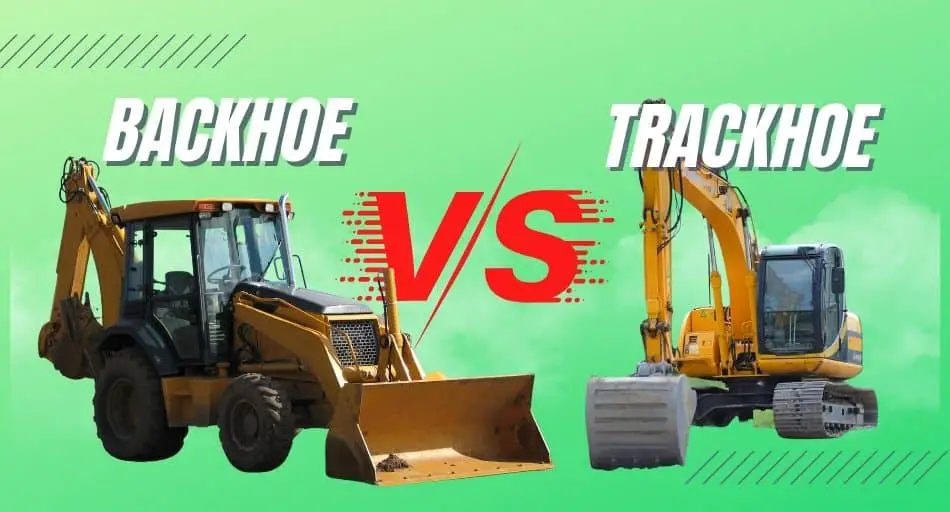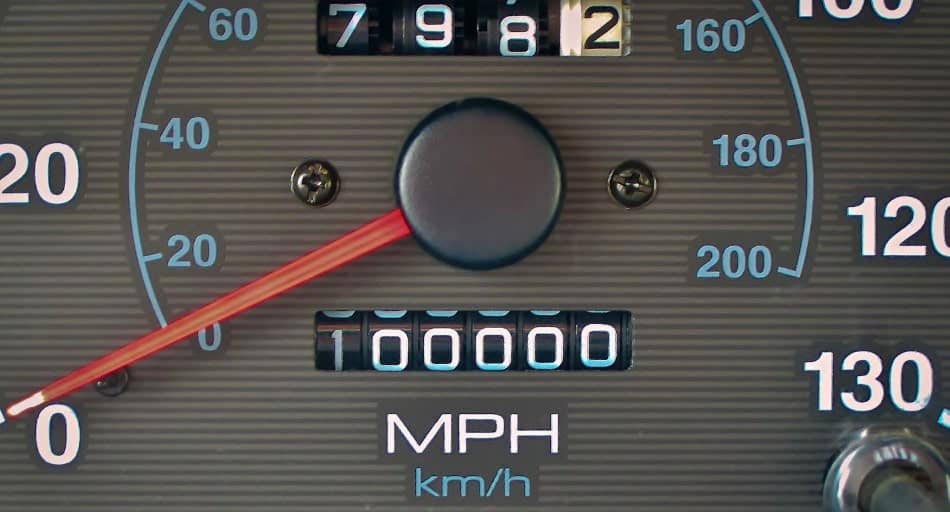The terminology can be so confusing when we’re talking about trailer weight. There’s curb weight, gross weight, tounge weight, and also tongue weight. So, what is tare weight?
What is The Tare Weight of a Trailer?
The tare weight of a trailer is the weight of the empty trailer, without any load. The tare weight is essential because it affects the amount of payload that the trailer can carry. It also affects the way the trailer handles when it is empty.
Different ways to determine the tare weight of a trailer.
How to determine the tare weight of your trailer?
There are a few different ways to determine the tare weight of your trailer. Here are a few methods:
1. Weigh the trailer on a public weighbridge
This is the most accurate way to determine the tare weight of your trailer. However, it can be expensive to use a public weighbridge.
2. Use a portable axle scale
This method is less accurate than a public weighbridge, but it is much more convenient. Portable axle scales are available from many trailer dealerships and online retailers.
3. Look up the tare weight in the trailer’s owner’s manual
This method is only accurate if you have the same model and year of the trailer as the one listed in the manual. However, it is a good starting point if you don’t have access to other methods for weighing your trailer.
4. Ask the trailer dealer or manufacturer
This is the best way to get the tare weight of your trailer if you don’t have access to a public weighbridge or a portable axle scale.
How to use the tare weight of your trailer
Tare weight of a trailer is used to determine the amount of payload the trailer can carry. The following is how to use the tare weight of your trailer:
1. Determine the maximum payload capacity of your trailer. This can be found in the owner’s manual or on the placard attached to the trailer.
2. Subtract the tare weight of your trailer from the maximum payload capacity. This will give you the amount of payload that your trailer can carry.
3. Load your trailer and weigh it on a public weighbridge. This will give you the actual weight of your trailer and its contents.
4. Compare the actual weight of your trailer to the maximum payload capacity. Your trailer is safely loaded if the actual weight is less than the payload capacity.
If the actual weight exceeds the payload capacity, your trailer is overloaded, and you should remove some of the load.
5. If using a portable axle scale, weigh each axle separately and add the two weights together. This will give you the actual weight of your trailer and its contents.
6. Compare the actual weight of your trailer to the maximum payload capacity. Your trailer is safely loaded if the actual weight is less than the payload capacity.
If the actual weight exceeds the payload capacity, your trailer is overloaded, and you should remove some of the load.
7. If you use a scale, weigh each axle separately and add the two weights together. This will give you the actual weight of your trailer and its contents.
8. Compare the actual weight of your trailer to the maximum payload capacity. Your trailer is safely loaded if the actual weight is less than the payload capacity.
If the actual weight exceeds the payload capacity, your trailer is overloaded, and you should remove some of the load.
9. Use the tare weight of your trailer to help determine the amount of payload your trailer can carry.
This information can be found in the owner’s manual or the trailer dealer or manufacturer.
10. Load your trailer and weigh it on a public weighbridge. This will give you the actual weight of your trailer and its contents.
Why is the tare weight significant?
There are several reasons why the tare weight is essential. The following are some reasons why the tare weight is essential:
1. Determines the maximum payload capacity of the trailer
It is essential to know the maximum payload capacity of your trailer. This information can be found in the owner’s manual or on the placard attached to the trailer. The tare weight of your trailer must be subtracted from the maximum payload capacity to determine the actual payload capacity of your trailer.
2. Helps you determine if your trailer is overloaded
If you load your trailer and weigh it on a public weighbridge, you can compare the actual weight of your trailer to the maximum payload capacity.
If the actual weight exceeds the payload capacity, your trailer is overloaded, and you should remove some of the load.
3. Helps you determine if your trailer is safely loaded
It can be challenging to determine if your trailer is safely loaded. The tare weight of your trailer can help you determine if your trailer is safely loaded.
If the actual weight of your trailer is less than the payload capacity, then your trailer is safely loaded.
4. Gives you a starting point for loading your trailer
The tare weight of your trailer can give you a starting point for loading your trailer. You can use the tare weight to help you determine the amount of payload your trailer can carry.
This information can be found in the owner’s manual or the trailer dealer or manufacturer.
5. Helps you determine if your axle weights are within limits
Using a portable axle scale, you can weigh each axle separately and add the two weights together.
This will give you the actual weight of your trailer and its contents. You can then compare the actual weight to the maximum payload capacity.
If the actual weight exceeds the payload capacity, your trailer is overloaded, and you should remove some of the load.
6. Helps you determine the weight your trailer tongue can support
The tare weight of your trailer helps you determine the weight that your trailer tongue can support. This information can be found in the owner’s manual or on the placard attached to the trailer.
The tare weight must be subtracted from the maximum tongue weight to determine the actual tongue weight of your trailer.
7. Determines the amount of weight that your trailer suspension can support
The tare weight of your trailer can help you determine the weight that your trailer suspension can support. This information can be found in the owner’s manual or the trailer dealer or manufacturer.
8. Helps you choose the correct size tire for your trailer
It helps you choose the correct size tire for your trailer. The tare weight of your trailer can help you determine the maximum load your tires can support.
This information can be found in the owner’s manual or the trailer dealer or manufacturer.
9. Helps you calculate your vehicle’s gross vehicle weight rating (GVWR)
It calculates the gross vehicle weight rating (GVWR) of your vehicle. The GVWR is the maximum weight that your vehicle can safely carry.
The tare weight of your trailer must be subtracted from the GVWR to determine the actual payload capacity of your vehicle.
10. Helps calculate the maximum trailer weight your vehicle can tow
It calculates the maximum trailer weight that your vehicle can tow. The tare weight of your trailer must be subtracted from the maximum trailer weight that your vehicle can tow to determine the actual payload capacity of your vehicle.
Factors that affect tare weight
Several factors can affect the tare weight of a trailer. These factors include the trailer type, the trailer’s size, the materials used to construct the trailer, and the manufacturing process.
a) Type of Trailer
The type of trailer can affect the tare weight. Some trailers are heavier than others. For example, a fifth-wheel trailer will typically weigh more than a travel trailer.
b) Size of Trailer
The size of the trailer can affect the tare weight. A larger trailer will typically weigh more than a smaller trailer.
c) Materials Used to Construct the Trailer
The materials used to construct the trailer can affect the tare weight. Some materials are heavier than others.
For example, a trailer made of aluminum will typically weigh less than a trailer made of steel.
d) Manufacturing Process
The manufacturing process can affect the tare weight. Some manufacturing processes are more efficient than others.
For example, a trailer built using a welded construction will typically weigh less than a trailer built using riveted construction.
e) Shipping and Handling
The shipping and handling of the trailer can affect the tare weight. Some trailers are shipped with a lot of extra weight, such as packaging material, that is not needed for the trailer. This extra weight can add to the tare weight of the trailer.
f) Options and Accessories
The options and accessories added to the trailer can affect the tare weight. Some options and accessories are heavier than others.
For example, a trailer with air conditioning will typically weigh more than one without air conditioning.
The above factors can all affect the tare weight of a trailer. It is essential to consider these factors when determining the tare weight of a trailer.
Bottom line
The tare weight of a trailer is the weight of the trailer without any cargo or passengers. The tare weight can be affected by the type of trailer, the size of the trailer, the materials used to construct the trailer, the manufacturing process, and the shipping and handling of the trailer.
It is important to consider these factors when determining the tare weight of a trailer.

Jack is the owner, chief editor, and senior writer of this website.
Machinery, engines, and farming have always been a passion of his since he was a young boy. Growing up on a small farm in rural America, he learned the value of hard work and dedication from an early age.
After completing his degree in Engineering, he decided to follow his dream and became a farmer in 2009.
Since then, he has gained a wealth of knowledge and experience in the field. He has grown a variety of crops, tended to farm animals, and worked with all sorts of farming machinery. Continue reading…





